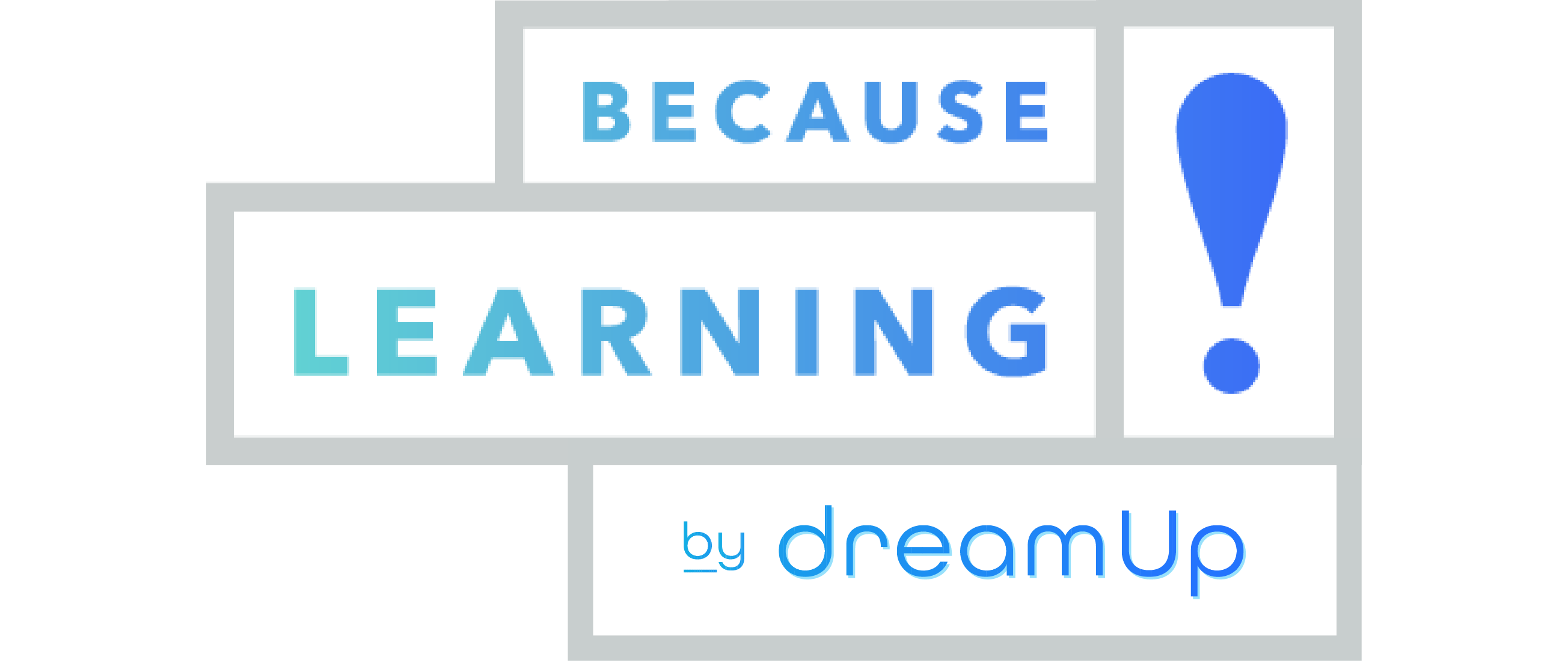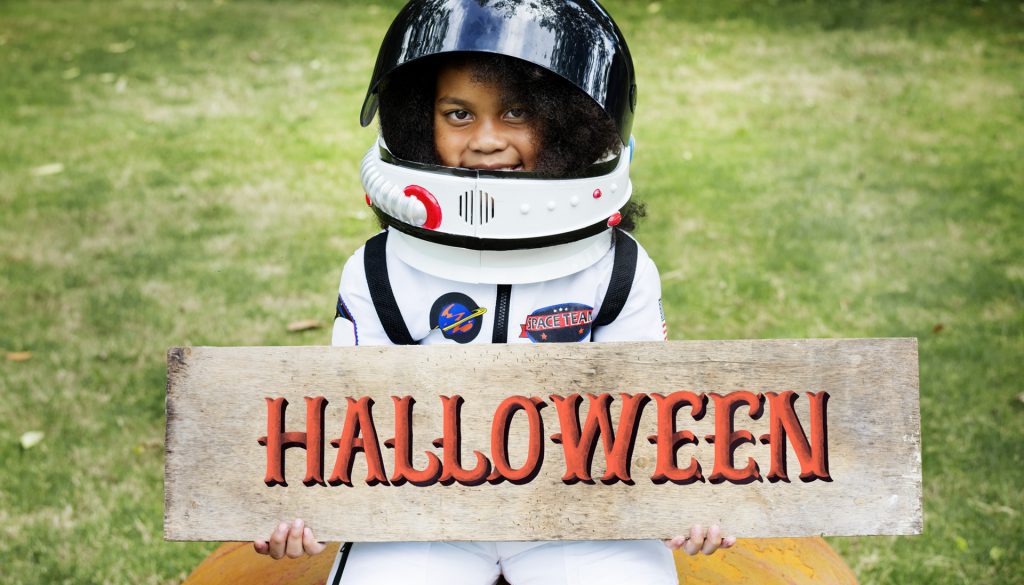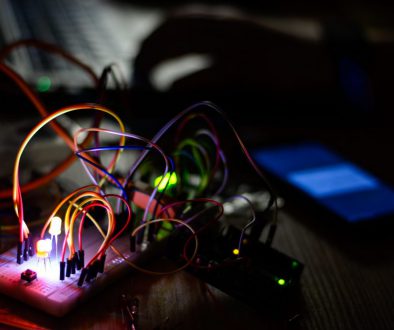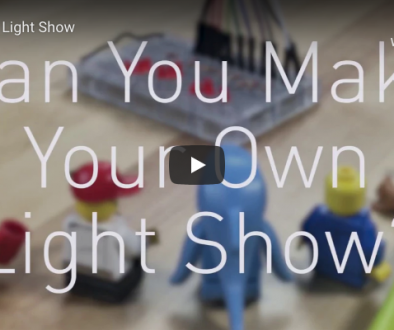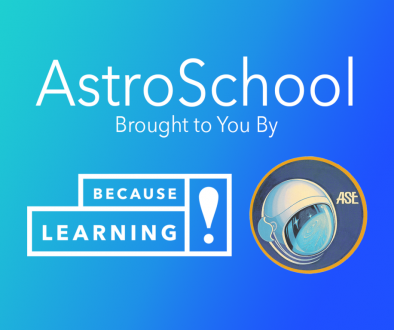7 Halloweeniest Classroom STEM Lessons!
Want an alternative to rewatching that same district-approved Halloween movie yet again? And want to meet several Next Gen Science Standards and Common Core standards while having science fun?
With over 150 STEM activities in our Lessons portal, Because Learning has plenty of options to bring spooky fun to your classroom. Even better, these lessons are designed by our learning team to help you meet required standards. If you have a Classroom Pack, these lessons also require minimal preparation.
Here are out top 7 Halloweeny lessons you can bring to your class this week!
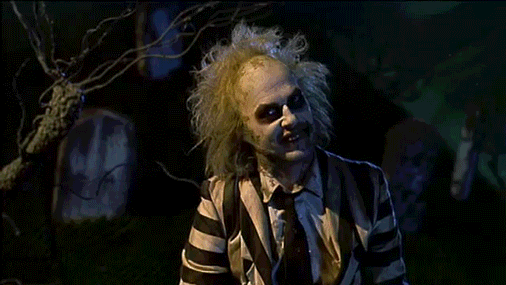
Zombie Detector
Zombies are trying to infiltrate the classroom! Fortunately, this lessons shows your students how to build a temperature sensor that detects whether someone is a “zombie” or not! Here are the learning standards you’ll cover:
NGSS Elementary School
- 3-5-ETS1-1 Define a simple design problem reflecting a need or a want that includes specified criteria for success and constraints on materials, time or cost.
- 3-5-ETS1-3 Plan and carry out fair tests in which variables are controlled and failure points are considered to identify aspects of a model or prototype that can be improved.
NGSS Middle School
- MS-ETS1-3 Analyze data from tests to determine similarities and differences among several design solutions to identify the best characteristics of each that can be combined into a new solution to better meet the criteria for success.
To take it a step further, check out our Advanced Zombie Detector!
Dancing Slime
The blob is coming! In this activity, your students will create a non-Newtonian fluid that changes velocity based on pressure. Standards include:
NGSS Elementary School
- 1-PS4-1 Plan and conduct investigations to provide evidence that vibrating materials can make sound and that sound can make materials vibrate.
- 2-PS1-1 Plan and conduct an investigation to describe and classify different kinds of materials by their observable properties.
- 4-PS3-2 Make observations to provide evidence that energy can be transferred from place to place by sound, light, heat, and electric currents.
Pumpkin Explosion
We’ve covered this one before, but we love it so much it’s worth bringing up again! Here are the learning standards this covers:
NGSS Middle School
- MS-PS3-2 Develop a model to describe that when the arrangement of objects interacting at a distance changes, different amounts of potential energy are stored in the system.
NGSS High School
- HS-PS3-3 Design, build and refine a device that works within given constraints to convert one form of energy into another form of energy.
Ash Snakes
From out the the flames crawls these creepy, slinky snakes. It’s an awesome way to teach chemical bonds (but watch out for anyone with ophidiophobia!) Here’s what standards these ash snakes cover:
NGSS Elementary School
- 5-PS1-1 Develop a model to describe that matter is made of particles too small to be seen.
- 5-PS1-2 Measure and graph quantities to provide evidence that regardless of the type of change that occurs when heating, cooling, or mixing substances, the total weight of matter is conserved.
- 5-PS1-3 Make observations and measurements to identify materials based on their properties.
- 5-PS1-4 Conduct an investigation to determine whether the mixing of two or more substances results in new substances.
NGSS Middle School
- MS-PS1-2 Analyze and interpret data on the properties of substances before and after the substances interact to determine if a chemical reaction has occurred.
- MS-PS1-5 Develop and use a model to describe how the total number of atoms does not change in a chemical reaction and thus mass is conserved.
- MS-PS1-6 Undertake a design project to construct, test, and modify a device that either releases or absorbs thermal energy by chemical processes.
Common Core (Math)
- CCSS.MATH.CONTENT.8.EE.A.4 Perform operations with numbers expressed in scientific notation, including problems where both decimal and scientific notation are used. Use scientific notation and choose units of appropriate size for measurements of very large or very small quantities. Interpret scientific notation that has been generated by technology.
Nightlight Engineering
If it starts to get a little to scary, you can always do this nightlight lesson that shows how to make an LED light that automatically turns on when it gets too dark.
This lesson walks students through defining the problem, identifying constraints and criteria, generating ideas, engineering solutions and then analyzing what worked. It’s a fun way to bring back the light after too many spine-tingling thrills!
NGSS Middle School
- MS-ETS1-1 Define the criteria and constraints of a design problem with sufficient precision to ensure a successful solution, taking into account relevant scientific principles and potential impacts on people and the natural environment that may limit possible solutions.
- MS-ETS1-2 Evaluate competing design solutions using a systematic process to determine how well they meet the criteria and constraints of the problem.
- MS-ETS1-3 Analyze data from tests to determine similarities and differences among several design solutions to identify the best characteristics of each that can be combined into a new solution to better meet the criteria for success.
NGSS High School
- HS-ETS1-2 Design a solution to a complex real-world problem by breaking it down into smaller, more manageable problems that can be solved through engineering.
- HS-ETS1-3 Evaluate a solution to a complex real-world problem based on prioritized criteria and trade-offs that account for a range of constraints, including cost, safety, reliability and aesthetics as well as possible social, cultural, and environmental impacts.
Brush Bot
The mad scientists in your classroom can build their very own creations… which will immediately go out of control! With a few spare parts, this simple bot shows how motors and electricity work.
NGSS Elementary School
- K-PS2-1 Plan and conduct an investigation to compare the effects of different strengths or different directions of pushes and pulls on the motion of an object.
- 1-PS4-1 Plan and conduct investigations to provide evidence that vibrating materials can make sound and that sound can make materials vibrate.
- K-2-ETS1-2 Develop a simple sketch, drawing, or physical model to illustrate how the shape of an object helps it function as needed to solve a given problem.
- 3-PS2-1 Plan and conduct an investigation to provide evidence of the effects of balanced and unbalanced forces on the motion of an object.
- 4-PS3-2 Make observations to provide evidence that energy can be transferred from place to place by sound, light, heat and electric currents.
LED Wand
Finally, bring some magic to your All Hallows Eve with an LED wand. Create a simple circuit and show how electricity travels from one location to another. Then bring it all together with a little magic!
NGSS Elementary School
- K-PS2-1 Plan and conduct an investigation to compare the effects of different strengths or different directions of pushes and pulls on the motion of an object.
- 4-PS3-2 Make observations to provide evidence that energy can be transferred from place to place by sound, light, heat and electric currents.
Need Help? Use the Lesson Guide!
Remember, every lesson includes a teacher’s guide to help you plan your activities, guide your students through their learning experiences, and track which standards you’re covering.
If you want to chat about bringing Because Learning to your school with our special Classroom Launch Kits, contact us! We’re happy to help excite your students while making your classroom instruction even more effective.
